maltabiennale.art
“A coming together of historical legacy and contemporary art”
72 artists from an estimated 30 countries will participate in the inaugural edition of the maltabiennale.art which is due to run from 11 March to 31 May in 20 locations dotted across the Maltese islands. We talk to the Head Curator and Artistic Director Sofia Baldi Pighi, to find out more about this anticipated event
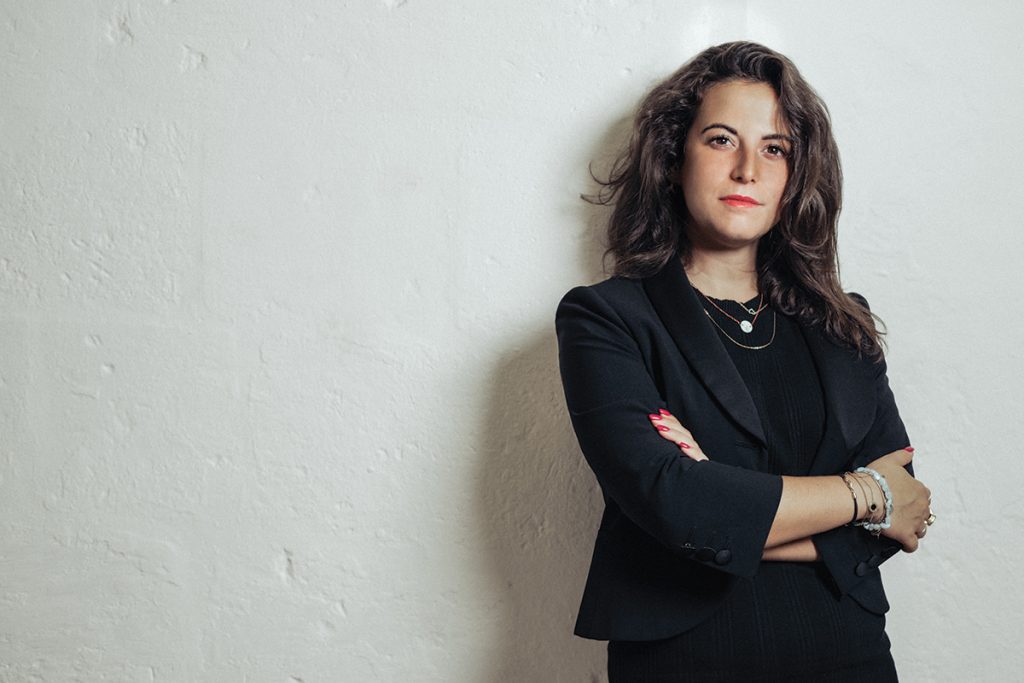
“Here, the island presents itself as the origin of a new political conception; the island must be conceived not as a buffer between the interloper and its inhabitants, but intimately woven with the presence of so-called outsiders. If utopia can still be spoken of today, this is the desire – to centralise the position of the islands, in order to transform the political discourse.“
Sofia Baldi Pighi
What is your personal vision and wish as the artistic director for the maltabiennale.art?
The first edition of maltabiennnale.art 2024 aims to examine the Mediterranean from an insular perspective; being surrounded by sea drastically alters one’s vantage point and response. Through insular thinking, it becomes evident that the Mediterranean basin has two shores – it is both Southern Europe and Northern Africa, a meeting of Orient and Occident, a confluence of East and West.
Far from being something pure, the island is always a principle of composition and invention. Location is the immediate identifier of any isolated land mass; Malta’s maritime lore dates back centuries, and its crucial role throughout history has been as a strategic crossroads in the Mediterranean. Malta is adept at transformation, as a crossing of arrival and departure, as a nation-state, the Maltese identity emerges from centuries of colonisation. Indelibly linked to the various seafaring cultures that have dominated and declined through the region, Malta’s natural harbours have provided shelter, refuge and trading outposts to all who sought to settle, conquer, and reign – the Phoenicians, the Romans, the Byzantines, the Arabs, the Normans, the Order of St. John, the French and the British.
And how do you wish it to be seen and experienced by the public?
The public can expect to experience the biennale as a coming together of historical legacy and contemporary art. To envision the first edition of the biennale in such an ancient land necessitates working in tandem with its history. These sites, symbols of Maltese history and Mediterranean civilisation, are not mere locations for intervention; no urban environment, let alone a cultural treasure steeped in history, is ever neutral and silent. If psychogeographic thought teaches us about the continual influence that landscape has on our psyche, then contemporary artists, called to exhibit in these venues, must rebuild an intimate relationship with these locations.
The role of heritage in this biennale is the starting point, and many of the artists have reacted directly to the context of the work, so my hope is for the public to have an immediate sense of this overlapping, in which the contemporary challenges and recontextualizes the often overbearing weight of the past. Common assets, including cultural treasures, exist only if there is a community of inhabitants exercising their fundamental rights through them.
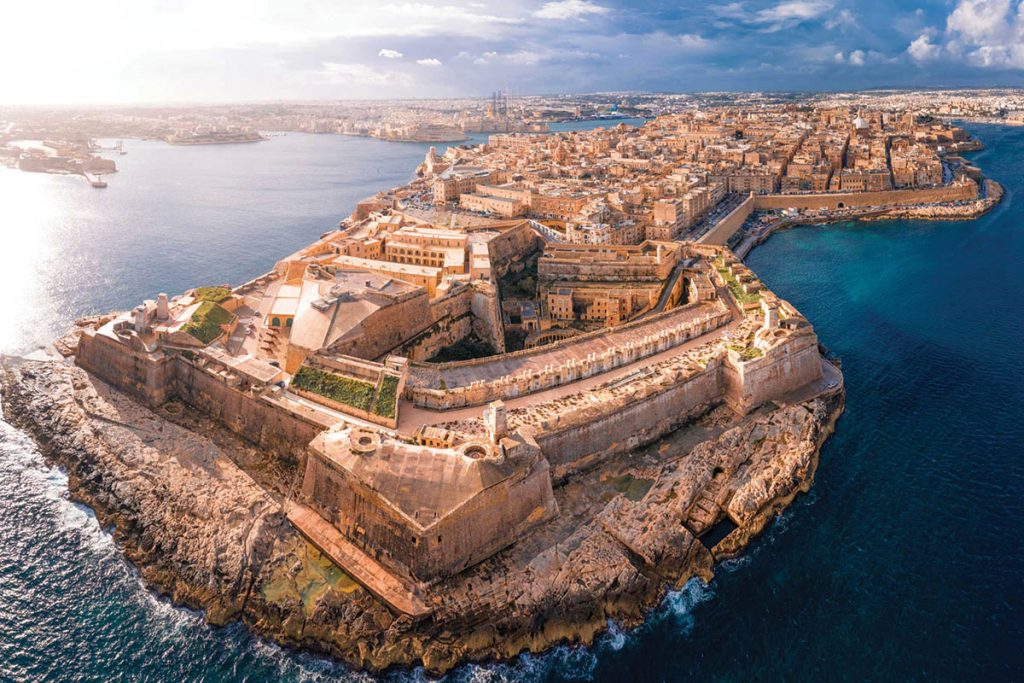
What do you want to give and what do you feel that you offer to the biennale.art?
As a curator I practice an interdisciplinary approach; culture is interconnected and I prefer an approach of cross fertilisation across different fields. This is why,together with my fellow curators Elisa Carollo and Emma Mattei, we have created bridges with other disciplines such as anthropology, archaeology, pedagogy, philosophy, sociology.
We are collaborating with experts across these fields, who can inspire the artists during the process and inform the public through our public programme. In fact, these collaborations have already guided us as curators in finding the topics we are addressing. A project such as a biennial is also a collaborative and cooperative one. My grandmother advised me thus: “always surround yourself with people you can learn from.”
What do you find unique about Malta that will make the maltabiennale.art attractive and different to other biennales? How have you worked with Heritage Malta to expand on the aims of the biennale?
The historical heritage is without a doubt the unique factor here, and the possibility of consigning contemporary art inside these locations, with their own memories and histories. In this biennale, no one space is neutral, or white.
Working alongside Heritage Malta, the custodians of these extraordinary spaces, is a great honour, both for myself and the artists, I can’t think of many places in the world where neolithic, baroque and medieval structures can serve as a backdrop for contemporary work. We are working with the archaeological and maritime departments within Heritage Malta, and we will be exhibiting artifacts from the archives within the context of the biennale’s thematics. I am especially grateful for allowing us access to the collections, imparting their knowledge, and having the trust in us to share this with the public.
What mediums are we expecting to see?
Together with fellow curators Elisa Carollo and Emma Mattei, we decided to collaborate with contemporary multidisciplinary artists, capable of engaging with various media. From installation to painting, from sculpture to performance to video art. The importance lies in embracing different techniques as a multiplication of possibilities for an (emotional) encounter with our audiences.
The main exhibition of the Biennale will host all these media in 12 historic locations across the Maltese archipelago. Architect Nigel Baldacchino, also an artist in his own right, is crafting a bespoke exhibition design for each artwork, featuring a suspended scenography (as in almost none of these locations is it possible to use nails on the walls), always in dialogue with the historical architecture.
What’s the proportion of Maltese and international participants? And what was the process for finding and choosing the artists?
The Main exhibition is conceived as a space without borders and distinctions, meaning that we are creating an exhibition path that will fuse the voices of the Maltese, and Malta-based artists with the international ones. The promotion of Maltese and Malta-based artists is roughly 25 per cent of the overall selected artists. We sought artistic productions capable of being permeable to the Maltese historical context while simultaneously speaking to a universal audience. In particular, the curatorial team favoured research projects of an interdisciplinary nature and community-based artistic practices.

Which buildings and spaces are being used for the biennale, and is there one main space?
The first edition of maltabiennale.art is conceived within a Central Pavilion – the heart of the project – with four curatorial themes extending into 20 locations. Adjacent to the central pavilion beats the heart of the national pavilions and thematic pavilions, each signed by Maltese and international curatorial colleagues, tasked with conveying their own vision of Insulaphilia, a critical approach in this inaugural edition. Spatially, the biennale extends to various locations, including Birgu, Cospicua, Senglea and Gozo, not just Valletta. The concept is to decentralize and question the notion of what is central and peripheral. What we are seeking is for art to encounter the people, not the other way around.
Are Maltese art galleries and artists being called, or expected, to participate at the same time with satellite events? If so, what impact do you think this would have on the event if they did?
The decentralization of cultural activities has always been at the heart of the first edition of maltabiennale.art. Only the Main Pavilion extends into 20 locations, including all the venues designated for national and thematic pavilions.
The biennale aims to be a cultural event capable of embracing the entire island. We hope that all the spaces dedicated to contemporary art on the island (from galleries to independent spaces to numerous cultural entities) believe in this adventurous endeavour. We look forward to the boomerang effect of the artists involved in the malta biennale who are operating on the island.
Malta has an extraordinary creative community, and we hope that the biennale can be seen by local entities as a platform to expand their international connections and generate new opportunities.
At the conference you stated that: “Artists should reflect on the community and the biennale aims to have a social impact.” Can you discuss this further and explain how you hope the maltabiennale.art will manage to do this, or how you hope it will?
The curatorial public program is to be a series of educational activities starting from the works exhibited at the Main Pavilion of the Biennale. Each artwork has been considered not only as the result of a creative process but also as an activator and starting point for community-based and horizontal pedagogical projects.
Each of these activities is tailored to specific audience types, including children, youths, seniors and the professional creative community as well as the various micro-communities of Malta and Gozo. As curators, we are aware that contemporary art may be challenging to access, so one of our responsibilities is to create a bridge between the artistic vision and non-sector audiences.
You mentioned at the conference that there will be a political vision – in what way?
I truly believe that art is always political, and contemporary art needs to be courageous enough to address current issues. I would like to emphasize the word courage, and the role that contemporary art is called to play in societies. Art is not decoration. It is an active and vibrant organism capable of sprouting within society and awakening critical and independent thought. It is also true that the goal of art is never to provide answers, but to raise questions. We aim to promote discussion and debate that will stimulate critical thinking, even if some of these topics are sensitive and polarizing. The point of creating an exhibition means ensuring a safe space for the freedom to think and embrace diverse opinions within the frame of culture.
Can you name some of the ‘big’ or most interesting names or projects participating? And can you discuss one or more of the projects?
I would like to give the opportunity for two artists from maltabiennale to share their stories, who are not part of the ‘big’ names in the art system, but whose research praxis deserve to be discovered. One voice is Maltese – Laura Besançon, she recently exhibited at the Izmir Mediterranean Biennale and is conceptualizing a monumental artwork for the Malta Biennale. The other is Daniel Jablonski, a Brazilian artist based in Paris, whose research has long embodied the spirit of Insulaphilia that we are addressing in this biennale.
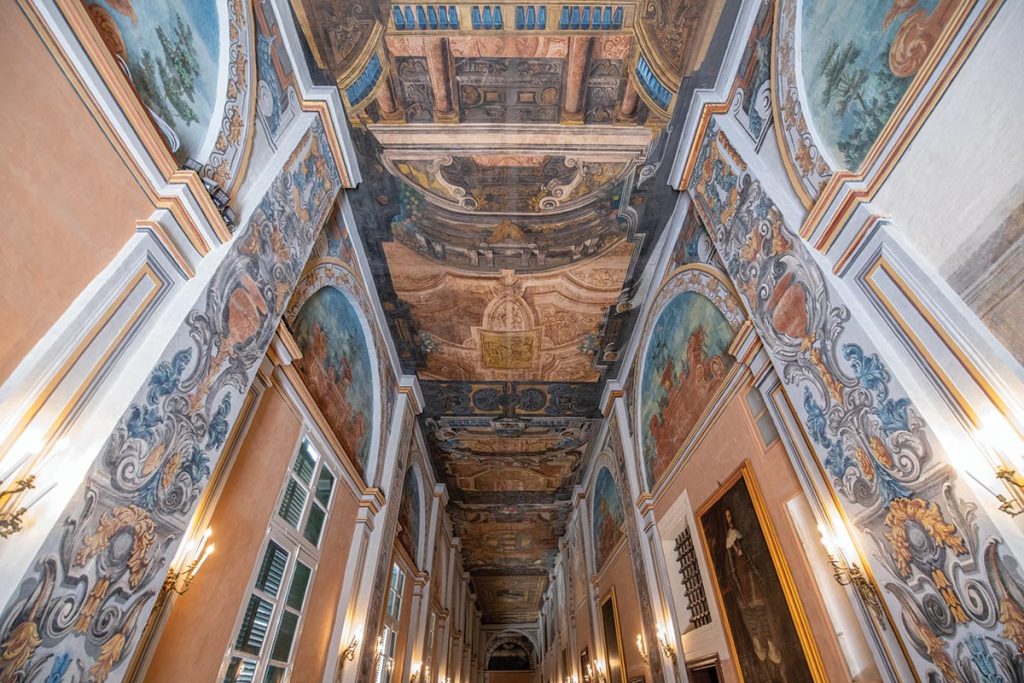
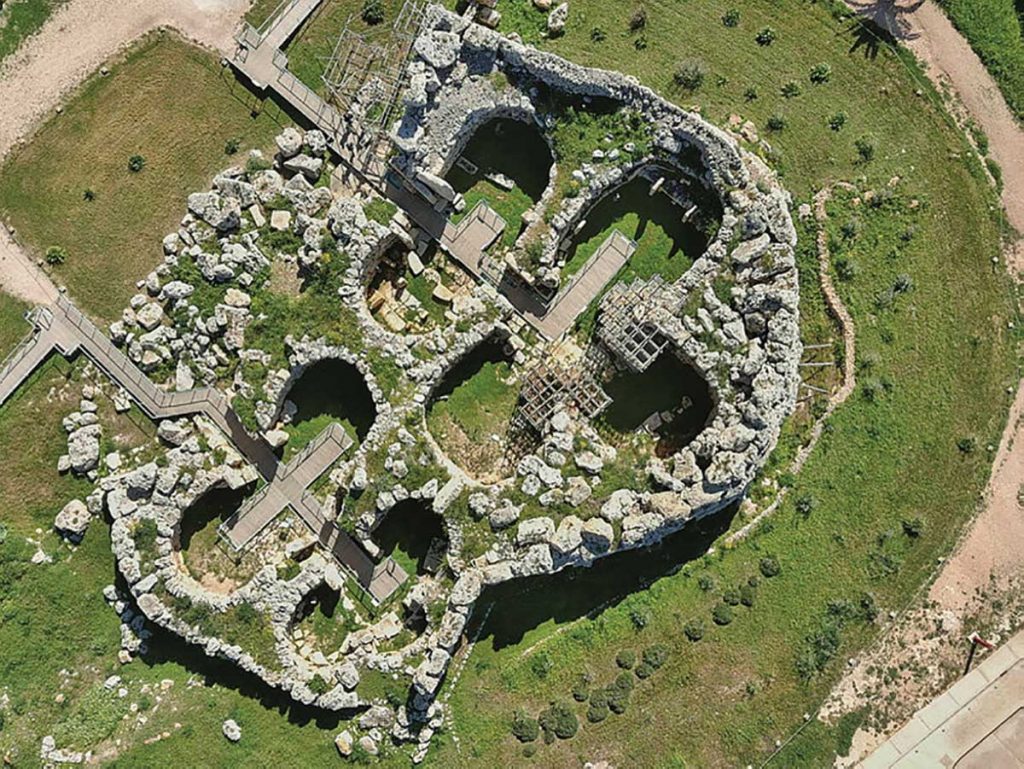
Q&A with participating artists: Laura Besançon & Daniel Jablonski
Laura, your work has a prevalent participatory element to it – can you share something of how this work will involve the public, and how it relates to the thematic within the section you have been placed, and the building/location being proposed?
Throughout history, Malta was an opportunity for expanded horizons – but are we now expanding horizons in the right ways? Are we an identity, unique on the global stage? Or are we becoming more of a global identity, on a unique stage? My proposed artwork for the Main Guard site, places a familiar yet abstracted element atop the terrace. This site, with its historical and cultural significance, will serve as a symbolic backdrop for the work, offering a dynamic interplay with the building’s architecture and historical context. Aligning with the curatorial focus of this exhibition site, it encourages contemplation on Malta’s evolving identity. This intervention was inspired by a personal take on a daily observation that is akin to what I call ‘visual vandalism’, yet I believe is a universal feeling, especially in the local population. It may seem controversial, but it mirrors the unavoidable reality of Malta’s skyline, possibly sparking conversations about the consequences of rapid urban development. The installation becomes a playful emblem of Malta, and as a female artist intervening in a male-dominated narrative, the artwork may be seen as an assertion, and a visual proclamation echoing, “I can do it too”. Positioned strategically atop the terrace of the Main Guard and overlooking the main square, the artwork will confront diverse audiences and provoke reflection on Malta’s past and future and the imposing presence of progress against the enduring spirit of heritage.
Daniel, we were interested to hear about your journey to Malta last year, before the biennale call was announced, perhaps once could call it uncanny, but to be more precise, what is the general notion of ‘island’ within your work, and how does this apply specifically to placing it within the context of insulaphilia and the malta biennale’s thematic concerns?
Two years ago, I was watching a rather long documentary on WW2, in which the narrator repeated each hour or so: “Meanwhile, Malta is being bombed”. Due to its strategic location, that tiny rock, then a British colony, was bound to be attacked by the Axis. What no one could have foreseen was the ruthlessness of the aerial battles to be fought there, and their result: after a bombing campaign that lasted 154 days and nights without interruption, Malta would become the only territory in the whole European theatre to have successfully pushed back the Nazis. I wanted to go there. When I did, a year later, I used the opportunity to take notes for a future project, about bombings and sheltering. Little did I know that the passport that would get me back to this island was already in my portfolio. ‘Hy Brazil’ is an investigative series of works about a phantom island called ‘Brazil’ before the discovery of the Americas. Present in virtually all nautical charts from 1325 to 1870, this imaginary island has occupied a privileged place in the imagination of Age of Discovery – literature, scholasticism, mythology and science – as a wonderful but unreachable place. ‘Hy Brazil’ aligns with the Biennale’s theme. By telling the story of a well-documented hallucination of the colonial unconscious, it suggests that islands can be seen as prototypes for territories ‘waiting to be colonized’. However, being shown in Malta, this project takes on a different significance. It embodies and celebrates the story of this specific island that, unlike other larger continental lands, has managed to put up a fierce resistance against its many invaders.
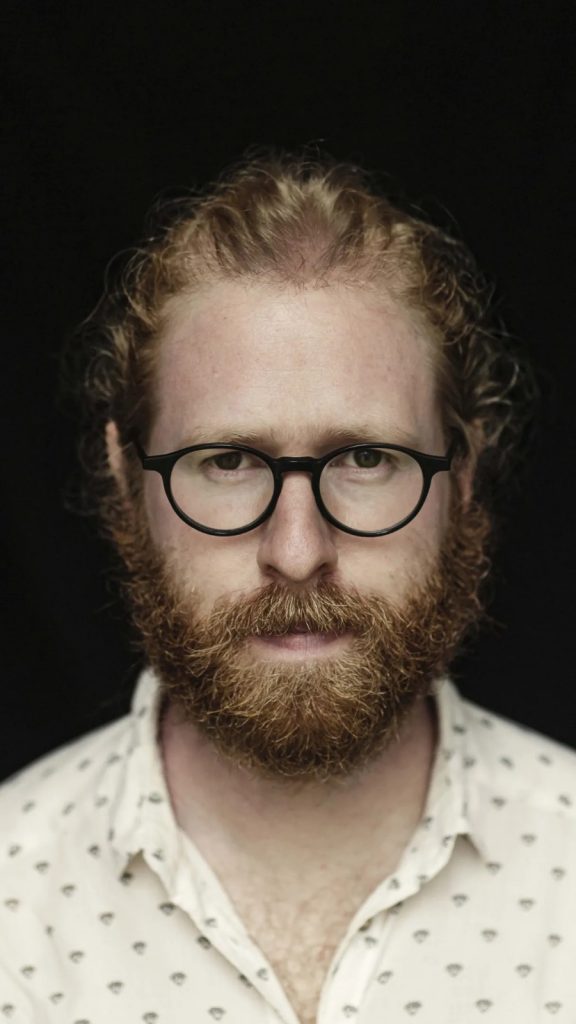

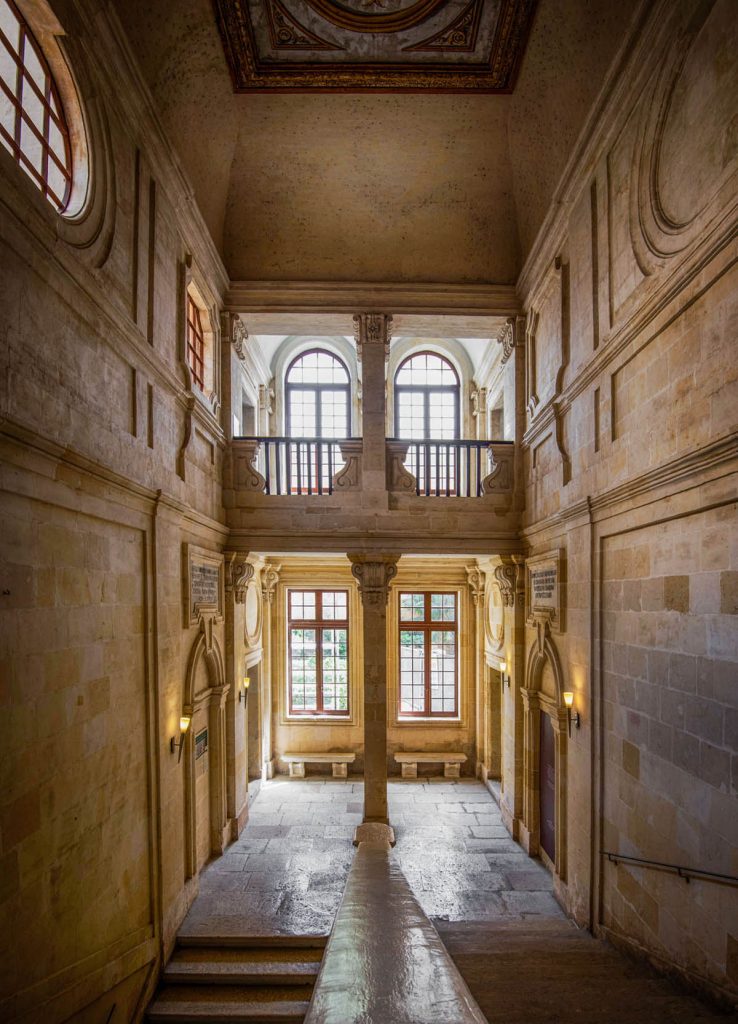
About Sofia Baldi Pighi
Sofia Baldi Pighi is an independent Italian curator based in Milan. Since 2017, she has been focusing on the encounter between art, historical and landscape heritage through contemporary art exhibitions, public programs and ad hoc art therapy workshops for public and private institutions.
Sofia Baldi Pighi was part of the curatorial team of the first Italian National Pavilion – Che cosa sogna l’acqua quando dorme? – for the 14th Gwangju Biennale in South Korea, curated by Valentina Buzzi and promoted by the Italian Cultural Institute in Seoul, supported by the Embassy of Italy in Korea, Quadriennale di Roma, and the European Media Art Platform, co-founded by the European Union.
Baldi Pighi is a curator for Una Boccata d’Arte 2023, a contemporary art project spread throughout Italy, promoted by Fondazione Elpis in collaboration with Galleria Continua, with the participation of Threes Productions. Through exhibitions, lectures, and workshops, she has collaborated together with various museum institutions and universities, including Triennale (Milan); MANN Archeological Museum (Napoli); Pilotta Monumental Complex, (Parma), Permanente Museum (Milan); Orientale University (Napoli), Brera Fine Arts Academy (Milan), NABA New Fine Arts Academy (Milan), SwissInstitute (Milan); Virgilio Sienis’ Academy of Art and Gesture (Florence), Order of Architects (Milan). Baldi Pighi has collaborated with various national and international companies to support art projects: Corneliani Spa (founding the Corneliani Art Collection), Confcommercio Lombardia; Repower; A2A; Servizi Italia; AIDDA – Association of Women Business Executives. She is also the curator of the artistic didactic collective PSICO.LOBO, which fuses psychology and performance and is an active member of the autonomous association Art Workers Italia.








